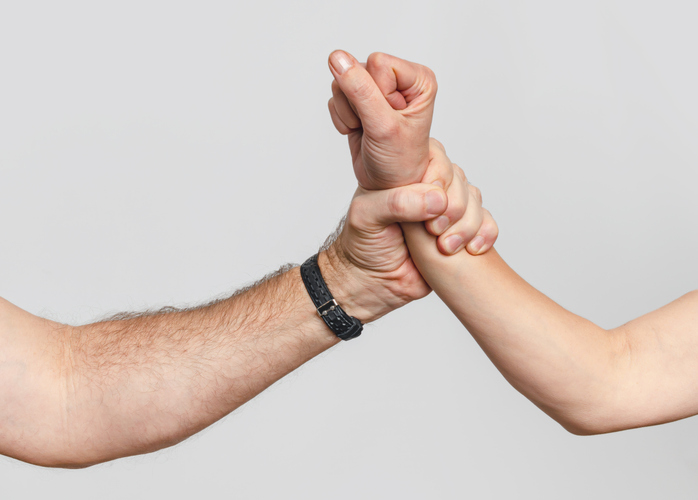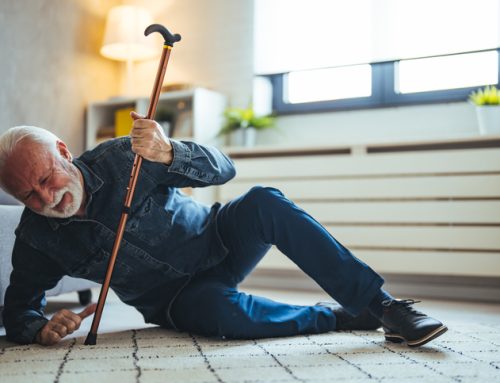When most people think of epidemics, they picture diseases spreading across populations. Yet there is another epidemic—far less visible but equally devastating—that affects millions of families across the United States every year: domestic violence.
Domestic violence, sometimes called intimate partner violence (IPV), does not discriminate. It affects people of every gender, race, socioeconomic status, and community. While awareness campaigns have helped shine a spotlight on the issue, many misconceptions still surround it. Understanding the reality of domestic violence is essential not only for survivors but for society as a whole.
How Widespread Is Domestic Violence?
The statistics are sobering. According to the Centers for Disease Control and Prevention, more than 1 in 3 women and 1 in 4 men in the U.S. experience physical violence, stalking, or sexual violence by an intimate partner in their lifetime. The National Coalition Against Domestic Violence (NCADV) further reports that nearly 20 people per minute are physically abused by an intimate partner in the United States. That amounts to over 10 million people annually.
These numbers represent only reported cases. Countless victims never come forward out of fear, shame, financial dependence, or lack of access to support systems.
Myths That Keep Survivors Silent
Despite decades of awareness, myths about domestic violence persist. Among the most common:
-
“It only happens in poor communities.”
In reality, domestic violence crosses every economic and social boundary. Wealthy and educated families are not immune. -
“If it was really bad, the victim would just leave.”
Leaving an abusive relationship is one of the most dangerous times for a victim. Abusers often escalate violence when they sense a loss of control. -
“Domestic violence is always physical.”
Abuse can be emotional, financial, or psychological. Tactics like isolation, controlling money, and constant intimidation are often just as damaging as physical harm.
Dispelling these myths is vital. They not only prevent victims from seeking help but also contribute to a culture of silence.
The Pandemic Effect
The COVID-19 pandemic highlighted how fragile many support systems are. Lockdowns forced victims to stay in close quarters with their abusers while cutting off access to shelters, family, and law enforcement. A United Nations report noted sharp increases in domestic violence cases worldwide during the pandemic, referring to it as a “shadow pandemic.”
In the United States, many states reported surges in calls to domestic violence hotlines and requests for protective orders. For survivors, the pandemic was not just a health crisis—it was a daily safety crisis.
Recognizing the Signs
Domestic violence rarely starts with physical aggression. More often, it begins with subtle red flags:
-
Extreme jealousy or controlling behavior
-
Monitoring communications, phone use, or social media
-
Isolating the victim from friends or family
-
Financial control, such as limiting access to money or employment
-
Verbal degradation and emotional manipulation
Recognizing these warning signs early can prevent escalation and empower victims to seek help before the abuse intensifies.
Pathways to Safety and Justice
For survivors, resources exist at both the community and national level. The National Domestic Violence Hotline (1-800-799-SAFE) provides confidential support 24/7. Local shelters and advocacy groups can also assist with safety planning, counseling, and emergency housing.
Legal protections are another critical piece. In Texas and across the U.S., survivors may obtain protective orders, seek custody arrangements that prioritize safety, and pursue criminal charges against abusers. While the legal system can be intimidating, it often plays a pivotal role in helping victims secure long-term safety and independence.
Toward a Culture of Accountability
Domestic violence is not just a private matter—it is a public health and social justice issue. Reducing it requires accountability from individuals, communities, and institutions. Education in schools, community awareness campaigns, and stronger enforcement of existing laws are all part of the solution.
Most importantly, survivors must know they are not alone. Speaking out against domestic violence helps break the silence that allows abuse to thrive in secrecy.
Final Thoughts
Domestic violence may be a silent epidemic, but it is not invisible. With education, support, and access to justice, survivors can find a way forward. For those in Texas, legal guidance can be an important part of that journey. If you or a loved one is facing abuse, a Domestic violence lawyer in San Antonio can help you understand your rights and pursue the protection you deserve.





Leave A Comment